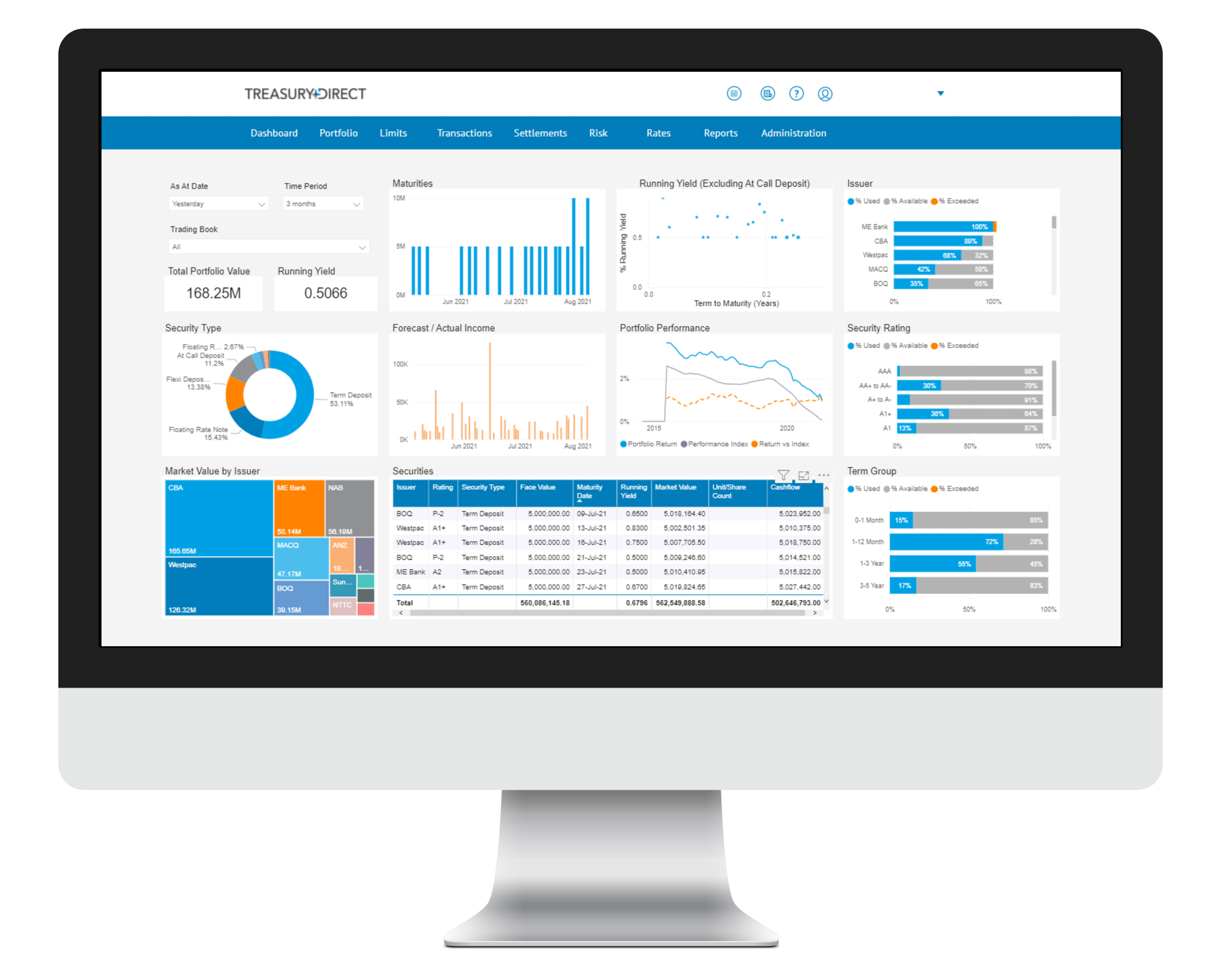Markets Overview
- ASX SPI 200 futures little changed at 8,937.00
- S&P 500 up 0.2% to 6,481.40
- Dow Average up 0.3% to 45,565.23
- Aussie up 0.2% to 0.6506 per US$
- US 10-year yield fell 2.7bps to 4.2343%
- Australia 3-year bond yield rose 2.7 bps to 3.43%
- Australia 10-year bond yield rose 1 bp to 4.32%
- Gold spot up 0.1% to $3,397.27
- Brent futures up 0.8% to $67.78/bbl
Economic Events
- 10:30: (AU) Australia to Sell A$1 Billion 154-Day Bills
- 10:30: (AU) Australia to Sell A$1 Billion 56-Day Bills
- 11:00: (AU) Australia to Sell A$150M 0.25% 2032 Inflation-Linked Bonds
- 11:30: (AU) 2Q Private Capital Expenditure, est. 0.8%, prior -0.1%
- 11:30: (AU) SURVEY: Private Capital Expenditure 2025-26 A$174b
US equity-index futures slipped after Nvidia Corp.’s revenue outlook missed lofty expectations, denting sentiment around the world’s most valuable listed company.
Contracts for the Nasdaq 100 fell and the chipmaker retreated 3% in after-hours trading after its $54 billion sales forecast fell short of Wall Street estimates. US stocks dipped in late hours after the S&P 500 benchmark hit a record high during regular trading. Futures for Hong Kong and Chinese stocks were weak as Meituan’s warning pushed an index of US-listed Chinese companies to its worst day in two months.
Short-dated Treasuries continued to climb on Wednesday amid bets on Federal Reserve policy easing. A gauge of the dollar edged down in early Asian trading.
Nvidia’s tepid outlook fueled concerns that a massive run-up in artificial intelligence spending is slowing. Global stocks have gained since April as investors bet the AI theme will continue to power earnings of technology companies even as tariff tensions ease. In a week dominated by Fed headlines, the next key test for markets will be Friday’s inflation numbers.
“The information feeds into niggling fears of slowing investment in the AI space and lower growth going forward,” wrote Kyle Rodda, a senior market analyst at Capital.com in Melbourne.
Nvidia’s forecast excluded data center revenue from China, a market where it has struggled with US export restrictions and opposing pressure from Beijing.
The company has added about $2 trillion in market value since early April to trade near a record on optimism around the AI boom.
In China, Meituan warned of major losses this quarter while waging a price-based battle with Alibaba Group Holding Ltd. and JD.com Inc., the most striking sign yet that its internet rivals are threatening its longstanding dominance of a lucrative home market.
China’s food delivery leader issued its dire prediction after reporting “irrational competition” had all but wiped out its profit in the June quarter. Meituan’s net income plummeted 97% to 365.3 million yuan ($51 million) despite a 12% rise in revenue.
Meanwhile, the 30-year yield was steady, following the recent announcement by President Donald Trump that he was firing Fed Governor Lisa Cook amid allegations of mortgage fraud. His top economic adviser Kevin Hassett said Cook should go on leave while her status on the board is being litigated.
Elsewhere, the Mexican government plans to increase tariffs on China as part of its 2026 budget proposal next month. Earlier Wednesday in Washington, Donald Trump’s latest tariffs on Indian goods took effect.

